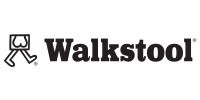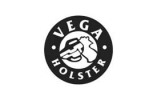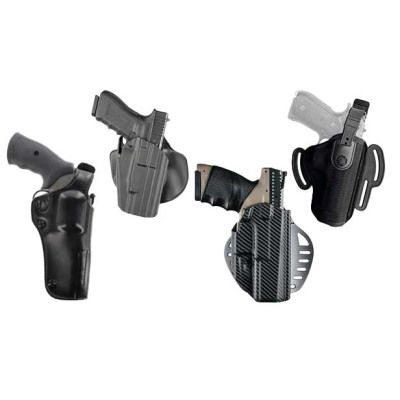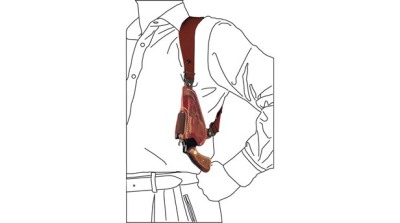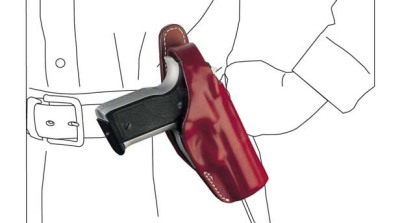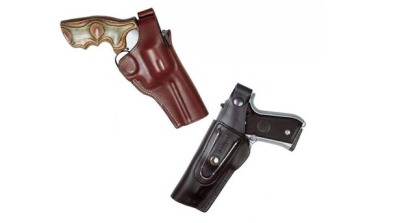Let's talk about some of the most popular types of concealed carry:
- IWB - holster (inside holster)
- OWB - holster (outside holster)
- Ankle holster
- Shoulder holster
- Pocket holster
- Belly band
Advantages and disadvantages of each type of holster:
IWB - Holster (inside the waistband)
The IWB holster has become increasingly popular in recent decades. This holster usually has a clip that attaches to the belt, with the holster itself hidden between your waistband and skin or vest. It is a very good way to hide the fact that you are carrying a weapon if you use the right combination of weapon and holster.
Advantages:
- The weapon is well concealed
- With the exception of the handle, everything is inside the holster so you can place your hand firmly on the handle
- The trigger is covered
- The best IWB holsters allow for one-handed repositioning
- This is the "deepest" concealment you can use unless you choose a belly band
- Access is relatively quick, depending on which cover garment you are wearing
Disadvantages:
- If your trousers are not the right size, the holster may be dented or at least uncomfortable
- Some IWB holsters must first be removed before the weapon can be holstered again.
- The belt clip of some cheap inner holsters can easily slip or break
- The carrying angle of many IWB holsters is fixed and cannot be adjusted
The main advantage of an IWB holster is that you don't need a big coat or jacket to conceal the weapon. The holster is like an iceberg - most of the weapon is "below the surface" of your belt line and concealed, so a large T-shirt can be all that is needed to conceal the weapon, which can also be an advantage in summer when temperatures are hot.
OWB – Holster (outside the waistband)
The OWB holster has a lot to offer. The weapon is exposed, the full grip is ready for your hand. If you are wearing a larger garment, such as a large hoodie, jacket, coat, etc., an OWB holster can work well for you. People who live in colder climates are more likely to wear this holster than people who live in temperate climates. You could also hide a large weapon under a coat or parka.
Advantages:
- The full grip of the weapon is exposed to your hand instead of possibly being partially covered.
- Drawing may in some cases be faster than with an IWB holster, especially if a cover garment is not required.
- The holster can be made of leather, cordura, nylon or plastic (polymer, kydex) as desired.
- You have the choice of attaching the holster either with belt loops / belt clip or with a paddle between belt / trousers and shirt, which has "claws" that catch on the belt when pulled. The advantage is that holsters with paddle or clip attachment can be put on and taken off more quickly than models with belt loops.
- There are OWB holsters in many price ranges for hundreds of different weapons, from cheap nylon to expensive grain leather.
Disadvantages:
- The OWB holster tends to be somewhat bulkier than an IWB model due to the attachment system.
- The gun and holster may "stick out" more than an IWB holster because the gun is not tucked into the pants but is fully exposed.
- The holster and pistol grip tend to rub against objects as they are exposed
Ankle holster
The ankle holster is a special tool for a special job. These holsters are attached to the ankle of the weak side with some kind of strap. New designs usually use Velcro or some other fastener, while others consist of a strapless elastic band that tightens like a sock and is held in place by friction. Some of the more expensive models have a garter-style top strap that "locks" the holster in place and does not allow it to slip. These holsters are usually intended for small spare weapons and are sometimes carried in that role - as a spare. They are not normally used to carry the primary CC weapon (unless you are going to a place where fashion dictates the use of an ankle holster).
Advantages:
- These holsters are truly invisible unless your trouser leg is lifted for some reason
- Once in the holster, the weapon is firmly connected to the ankle holster - it holds the weapon firmly even if you have to run.
- Most people are not conditioned to look for ankle holsters (or shoulder holsters). You may well recognise a "gun-shaped lump" at your waist, but usually do not consider an ankle holster to be present. Most people have only seen one in the movies or on TV, but not in real life.
- They are inexpensive and provide just one more way to carry an additional weapon along with your main CC weapon.
Disadvantages:
- The holster can slip down your leg. If your lower leg does not have a large muscle "bulge", the holster will usually fit better. Otherwise, it is difficult to use Velcro or an elastic band to hold the holster up on your leg, as it can slip down.
- Drawing from an ankle holster is delayed at best, cumbersome at worst. If you are not very flexible and not used to dropping to one knee when drawing, it can be very difficult.
- If you are not slim, these holsters can simply be difficult to get.
Shoulder holster
A shoulder holster is a very handy (and famous) item. There are two basic styles - either a vertical or horizontal draw. The vertical draw holds the pistol muzzle down and is preferred for revolvers with longer barrels, as it keeps the barrel out of the way with the muzzle pointing down. Drawing is normally done by loosening the safety strap (if fitted) and pulling the gun out through the open front of the holster. The horizontal position is normally used for short barreled guns, usually as semiautos, but not always. The barrel of the pistol holster is parallel to the ground with the muzzle pointing to the rear. To draw, simply disengage and pull the gun straight forward. Both have their uses, with the horizontal one being used more for the smaller semi-autos carried for protection.
Advantages:
- The weapon is well concealed and protected by your arm, which can ward off enemy attempts to grab your weapon
- You can be confident in the safety of the weapon as it is usually anchored with both a cross shoulder strap and a belt anchor.
- Drawing can be very quick, depending on what type of jacket you are wearing.
- A well-designed holster conceals an N-frame revolver without showing any part of it.
Disadvantages:
- If you choose your holster poorly, this can mean that your arm does not lie flat against your body.
- The anchor straps of some holsters can loosen over time. Be careful with the elastic anchor straps.
- If the holster is not firmly anchored to the belt, it does not matter where the shoulder strap is. It must be firmly attached to the belt and over the arm. Otherwise, a quick draw is almost impossible when the holster moves with the weapon. - Shoulder holsters can cause accidental discharges unless you keep your finger off the trigger until the draw is complete. It is easy to shoot yourself or someone else if you botch the draw.
Pocket holster:
A pocket holster is a great way to have a weapon with you without much preparation or effort. Just put the weapon in the holster and then in your pocket. If you want to carry your weapon in your pocket, you only need to do two things: don't just put the weapon in the pocket. First use a holster. This has two functions: It covers the trigger and aligns the weapon with the handle up for easy drawing. Secondly, do not carry anything else in the pocket containing the weapon. There must be no objects, pens, etc. in this pocket that could get stuck in the holster and possibly cause an accidental discharge by being pressed against the trigger. Keep the trouser pocket reserved for the weapon only.
Advantages:
- You will most likely carry a gun if you are in a hurry and don't want to bother with putting on a belt or other holster for a larger gun - just put the holster in your pocket.
- With modern ammunition, guns that shoot so-called mouse calibres (.22, .32, .380) are more effective than in years past and tend to be carried more often.
- You can stand around looking casual with your hands in your pockets (and one hand on the gun) without anyone knowing it Holsters with newer technology are well built and stay in the pocket when drawn.
Disadvantages:
- The choice of handguns is limited to those that will fit in the pocket holster - larger guns will not usually fit unless you have large pockets.
- You still have to be a bit choosy about what trousers or shorts you wear - the pocket has to be big enough to accommodate the holster without giving prints, but not so big that the rig can turn.
- When you sit down, unless your bag is quite large, you will notice a gun-shaped "bulge" on your leg where at least the handle is outlined. This may indicate that you are packing some kind of weapon, however small. Some holsters are good at hiding this, others not so much.
Belly band holster
The belly band (so called because it is a wraparound band of synthetic material that fastens around the midsection under your shirt) is one of the best ways to carry a weapon concealed. With the band under your shirt (unless your body shape is not conducive to such a rig) hardly anyone can see the weapon you are packing. This holster style has become increasingly popular over the years.
Advantages:
- The weapon is well hidden and difficult to see
- Some straps use a Kydex shell to hold the weapon. others use elastic to hold the weapon in place
- Because of its indeterminate, unspecified shape, you can add magazine carriers, etc. to your rig and still carry everything concealed
Disadvantages:
- Drawing can be slower than with other holster types because you have to pull up each shirt and jacket to get to your gun
- A sloppy fit or a strap that suddenly lets go and slips can drop your entire rig onto the belt under your shirt
So here we have listed the main types of concealed holsters, with their advantages and disadvantages. Only you can determine which type is suitable for you. Different holsters perform different tasks. Regardless of which holster you choose, make sure that the following conditions are met:
It holds the weapon securely
You don't want your gun to shake - it's unsafe.
It covers the trigger guard
At least it should.
It protects your gun
from enemy hands that can pull them out of your holster
It is made of high-quality materials
so that a long service life is guaranteed
It has a kind of channel or opening
for the sights of your weapons so that they do not rub against them.
As you may have noticed, we offer all these different types of holsters for sale. With us, you are spoilt for choice between exclusively high-quality, precisely fitting weapon holsters made of different materials. But once you find a suitable holster that meets your personal requirements, you will enjoy it for a long time, we promise!



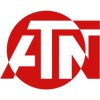

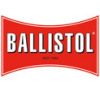

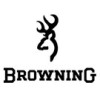

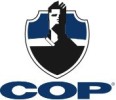
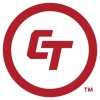



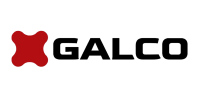

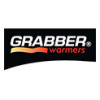
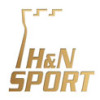
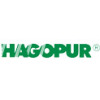
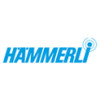





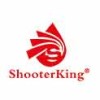





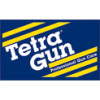
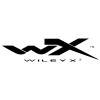
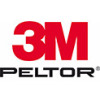
 Caldwell
Caldwell

